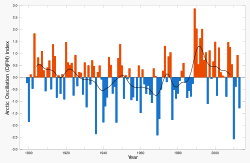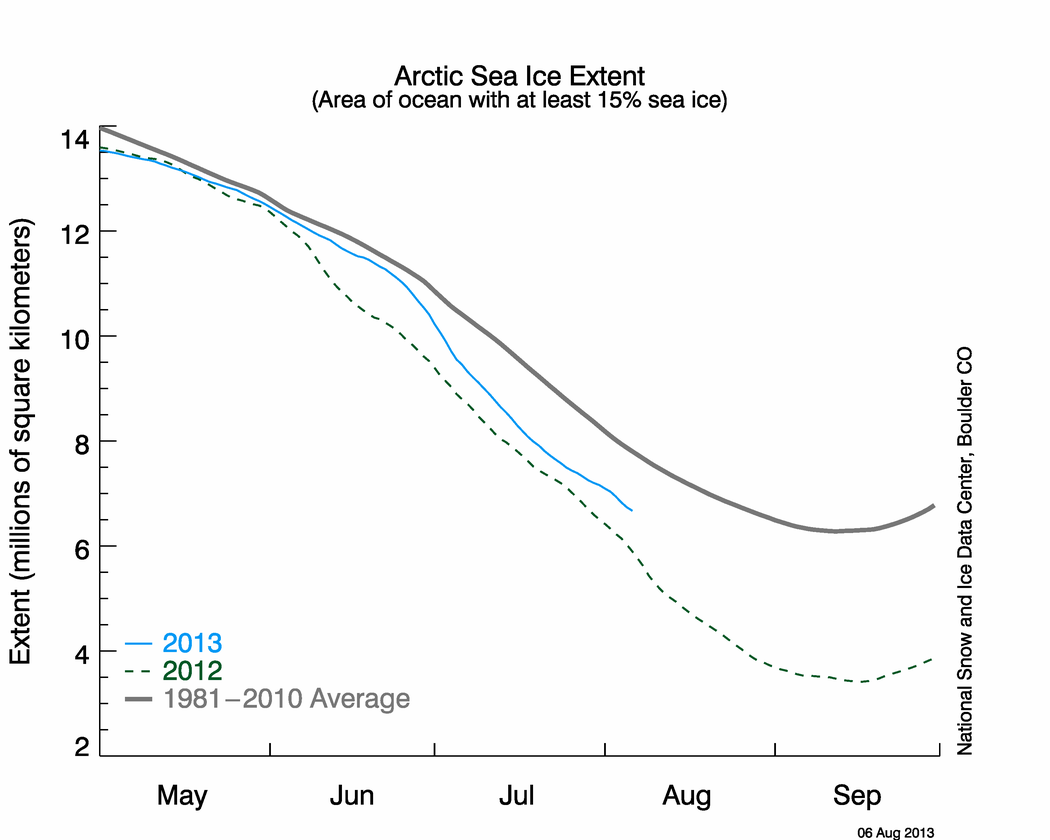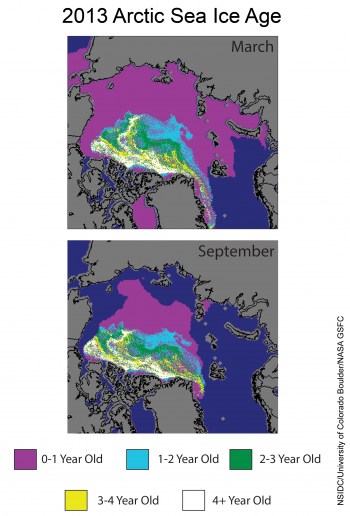SSDD
Gold Member
- Nov 6, 2012
- 16,672
- 1,966
- 280
Egad, the dumb fucks cannot tell the differance in scale!
I see that you can't tell the difference between alarmist tactics and simple scientific reporting of the facts either. Not surprising in the least.






